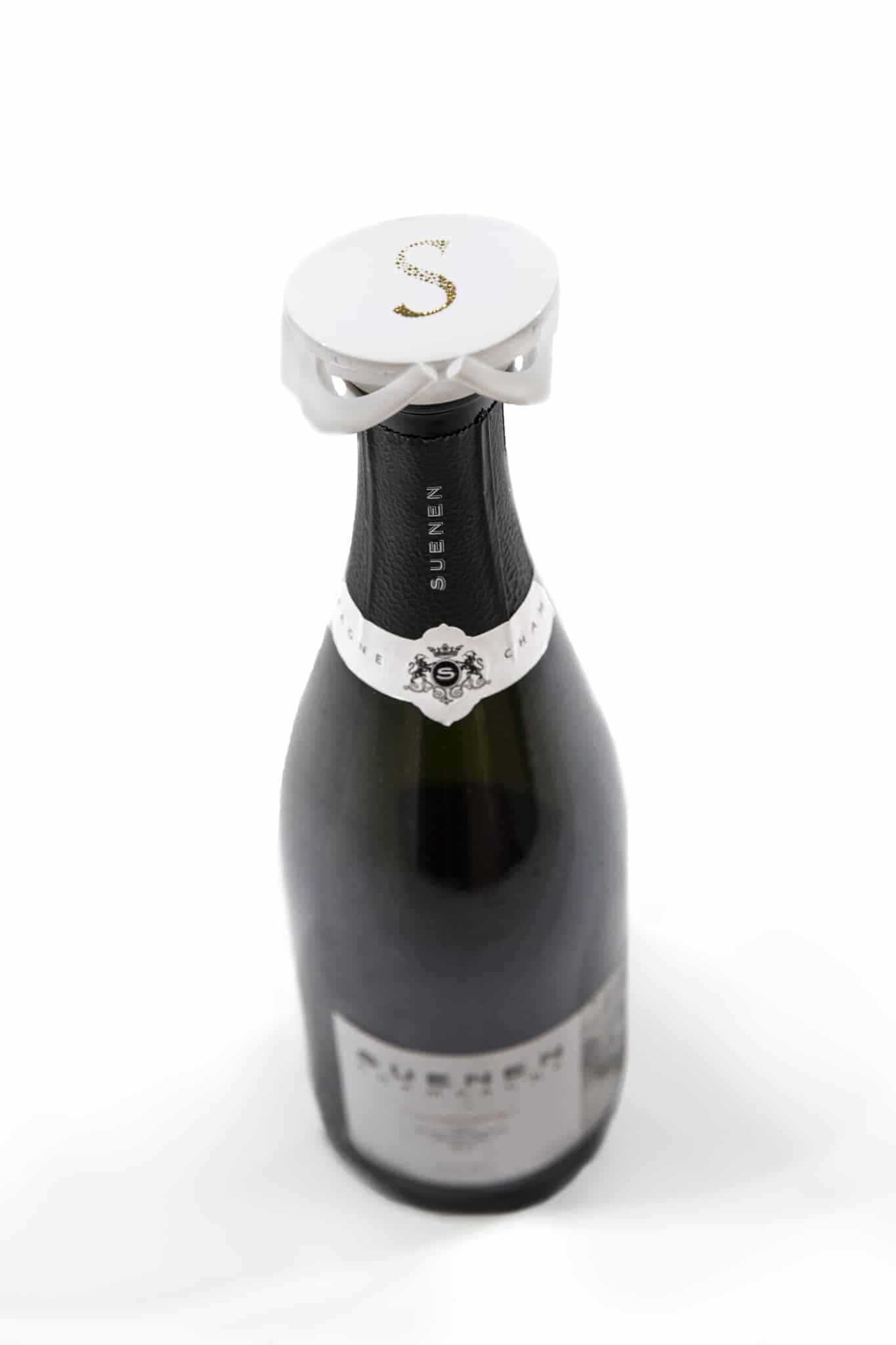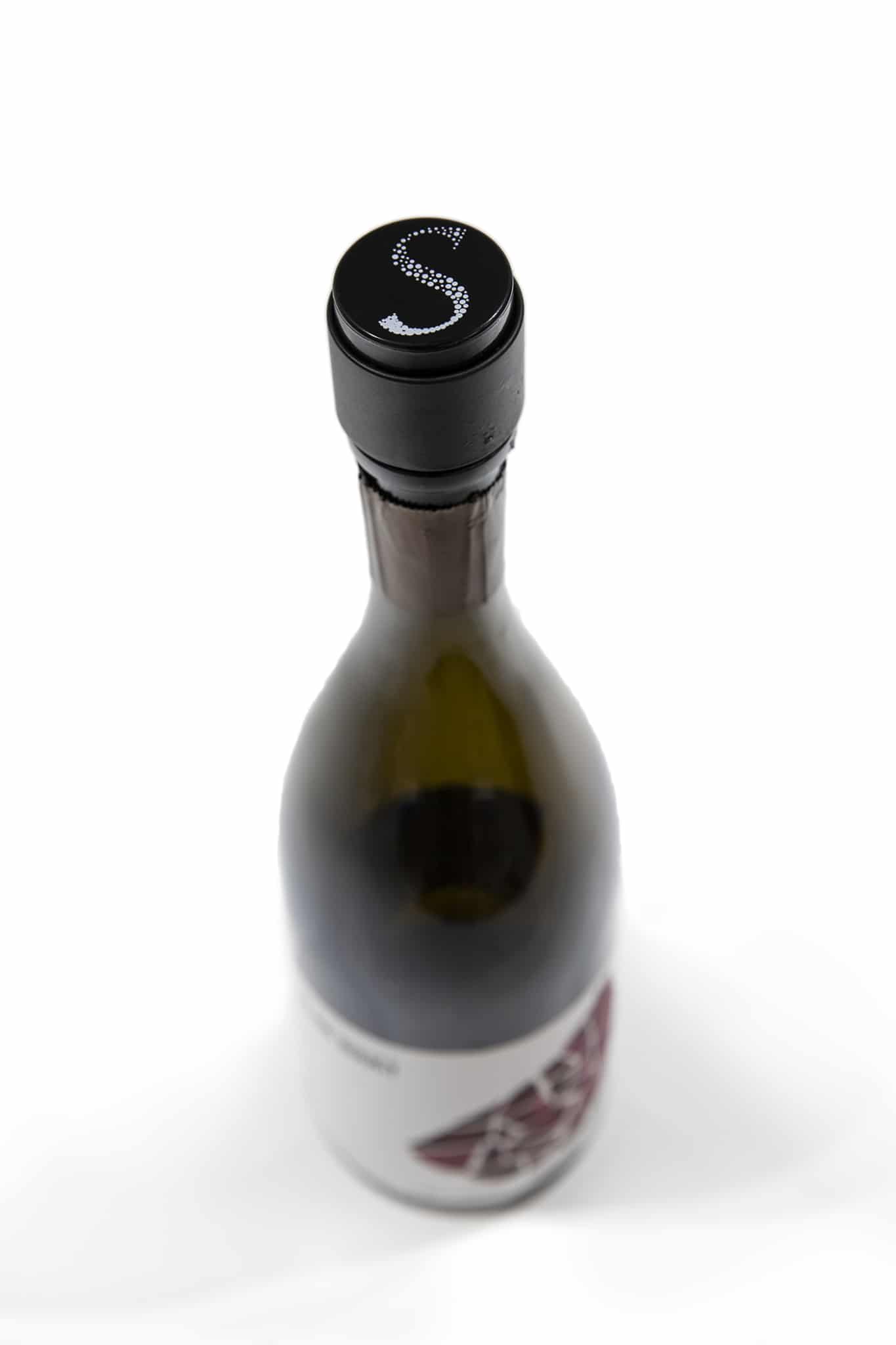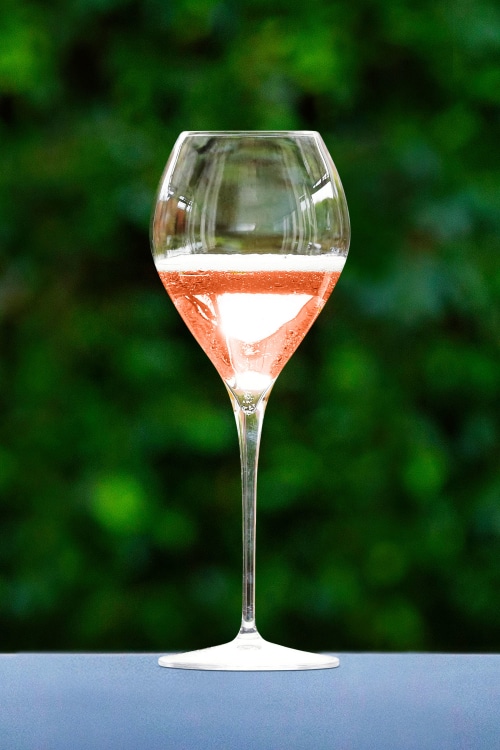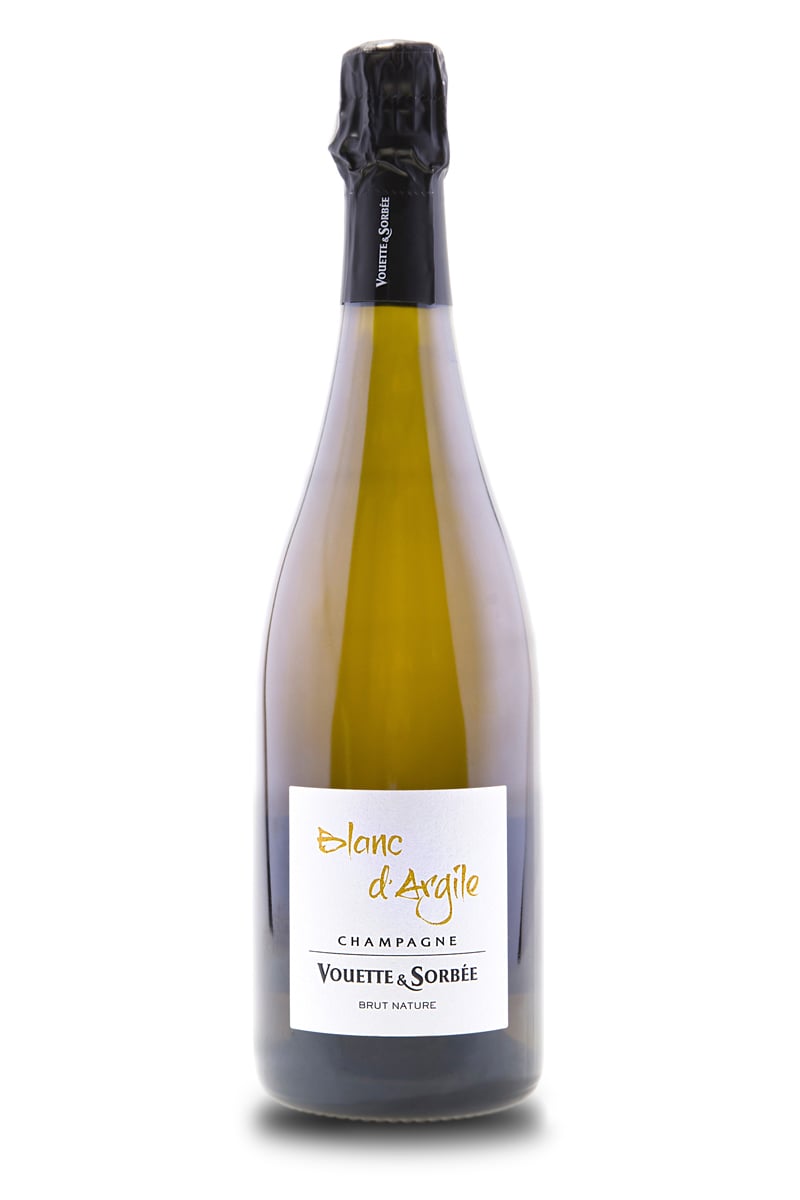Vouette & Sorbée Blanc d’Argile NV
Bottle
A 100% chardonnay wine, akin to drinking a Grand Cru chablis with the added bonus of effervescence.
from: $209.00
Additional information
| Vintage | |
|---|---|
| Bottle Volume | |
| Style | |
| Composition | |
| Dosage | |
| g/L | |
| Season | |
| Region | |
| Subregion | |
| Village - HQ | |
| Village - Grapes Grown |
To view this content become a member of Australia’s first and foremost Grower Champagne Club and immerse yourself in the world of finely crafted champagne.
Annual
$75 per year
($6.25 per month)
$75 per year
($6.25 per month)
Monthly
$8 per month
$8 per month
Annual
$75 per year
($6.25 per month)
$75 per year
($6.25 per month)
Subscribers will enjoy unlimited online access to our:
- extensive library of House biographies (40+ grower producer Houses)
- comprehensive champagne tasting notes (food matches, glassware recommendations and much more!)
- Le Journal articles
- educational content
- appellation cartography
- monthly champagne and lifestyle newsletter
Monthly
$8 per month
$8 per month
Subscribers will enjoy unlimited online access to our:
- extensive library of House biographies (40+ grower producer Houses)
- comprehensive champagne tasting notes (food matches, glassware recommendations and much more!)
- Le Journal articles
- educational content
- appellation cartography
- monthly champagne and lifestyle newsletter
To view this content become a member of Australia’s first and foremost Grower Champagne Club and immerse yourself in the world of finely crafted champagne.
Annual
$75 per year
($6.25 per month)
$75 per year
($6.25 per month)
Monthly
$8 per month
$8 per month
Annual
$75 per year
($6.25 per month)
$75 per year
($6.25 per month)
Subscribers will enjoy unlimited online access to our:
- extensive library of House biographies (40+ grower producer Houses)
- comprehensive champagne tasting notes (food matches, glassware recommendations and much more!)
- Le Journal articles
- educational content
- appellation cartography
- monthly champagne and lifestyle newsletter
Monthly
$8 per month
$8 per month
Subscribers will enjoy unlimited online access to our:
- extensive library of House biographies (40+ grower producer Houses)
- comprehensive champagne tasting notes (food matches, glassware recommendations and much more!)
- Le Journal articles
- educational content
- appellation cartography
- monthly champagne and lifestyle newsletter
You may also like...
-

Sally Hillman Polishing Cloth
Receive a complimentary Sally Hillman polishing cloth valued at $25 with every Lehmann Glass purchase of $250+ that contains a Box of 6.$25.00 Buy Now -

Sally Hillman Slimline Champagne Stopper
The slimline design means the bottle fits easily back in the fridge and will keep an unfinished bottle fresh and effervescent.$15.00 Buy Now -

Sally Hillman PUSH Champagne Stopper
Compatible with various types and sizes of champagne bottles, Sally Hillman’s push stopper features black lacquered metal and a discreet, white ’S’ in a compact, convenient and easy-to-use design.$25.00 Buy Now -

Lehmann P. Jamesse Grand Champagne 41cl
Machine madeBox of 6$140.00 Buy Now

